Here are the Toadflaxes all set out side by side.
Linaria
The flowers of toadflaxes are specifically ‘designed’ to be pollinated by bees. The mouth of the flowers are naturally shut tight and have to be forced open by the bee before it can reach to the nectar at the back with its long tongue. This is thought to be a mechanism for excluding beetles.
Linaria are typically found on dry well drained soils, frequently in poor stony ground. They can tolerate most reasonable to dry soils, but richer soils that are higher in nitrogen will give rise to excessive leaf growth at the expense of flowers.
Linaria has a bitter constituent in its leaves that makes it distasteful to herbivores.
There are two possible explanations for the common name, Toadflax. There is a supposed resemblance of each flower to a small toad and also the wide mouth to the flower being like the wide mouth of a toad, especially when squeezed at the side like a snapdragon. Alternatively, according to Cole, Toads sometimes shelter themselves amongst the branches ( I must comment that I’ve never seen it! ). I’ve also read that it may be that it is simply a useless flax – one fit only for toads. The ‘flax’ ending is a reference to the leafy plant resembling flax.
Formerly, the wild cousin Linaria vulgaris, was used as a treatment for liver and spleen disorders.
The genus name Linaria was bestowed by Linnaeus on account of the resemblance of non-flowering plants to true Flax, Linum.

















































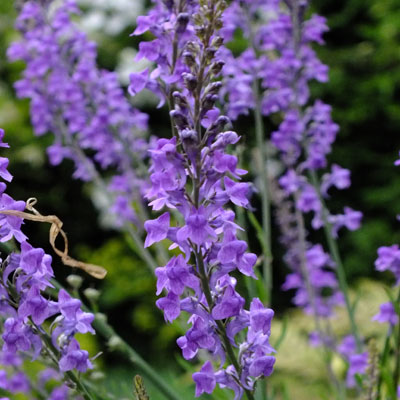
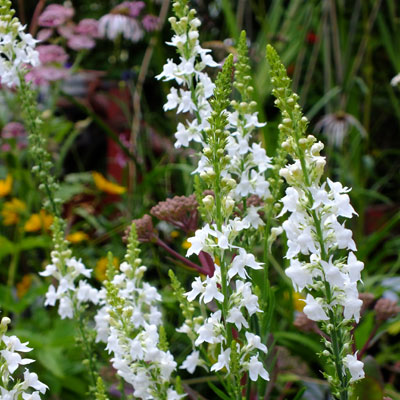
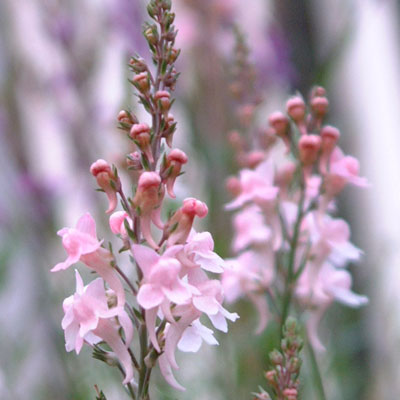
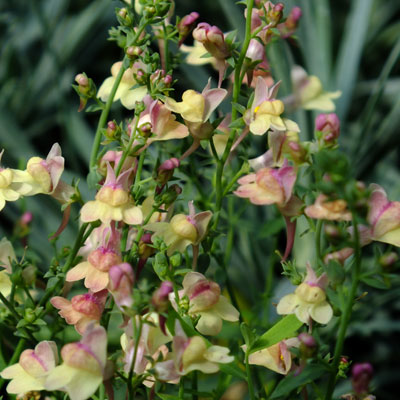


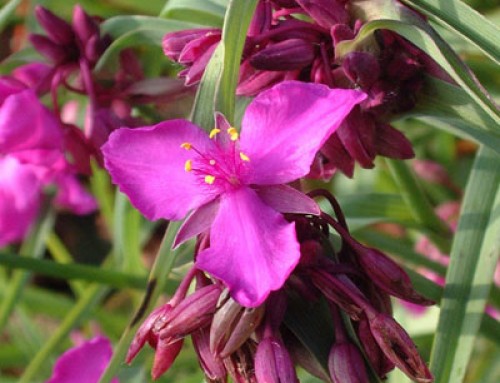
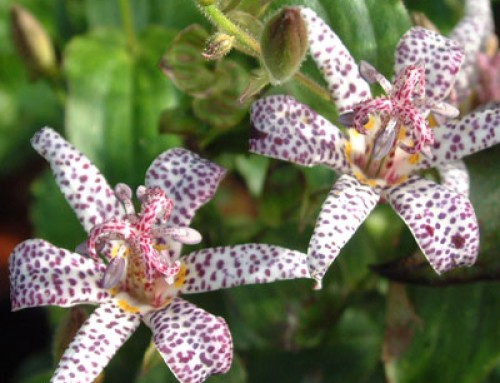
Leave A Comment
You must be logged in to post a comment.